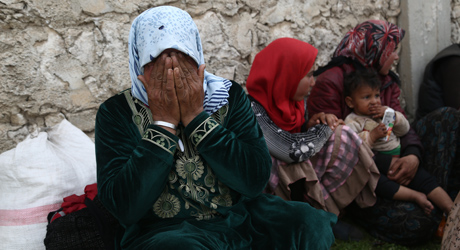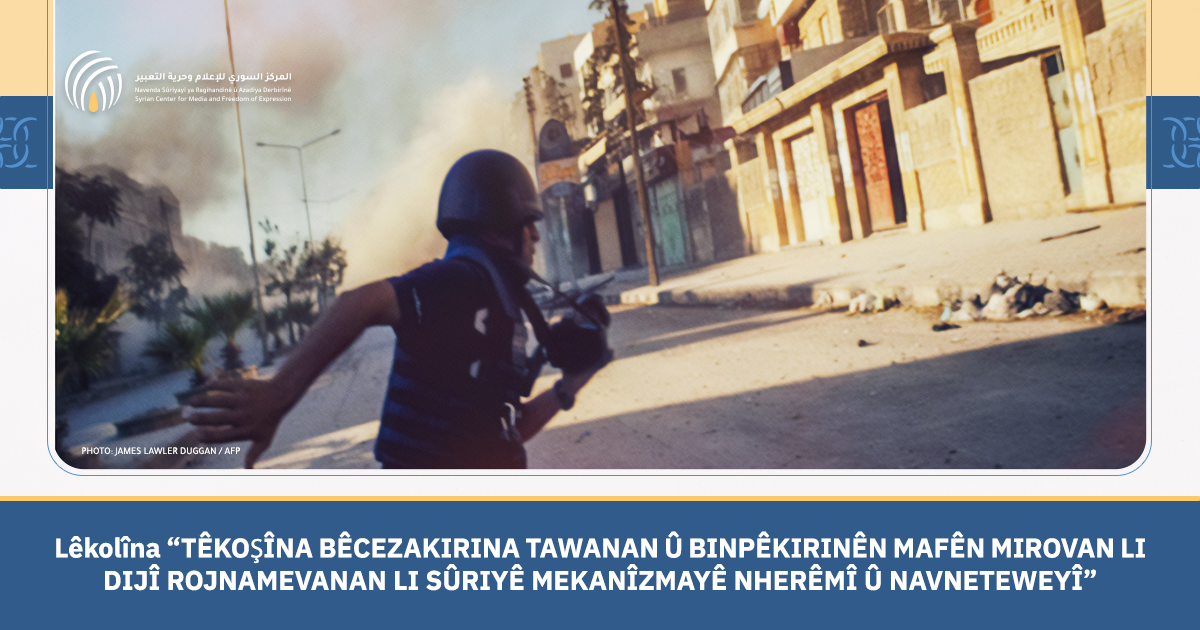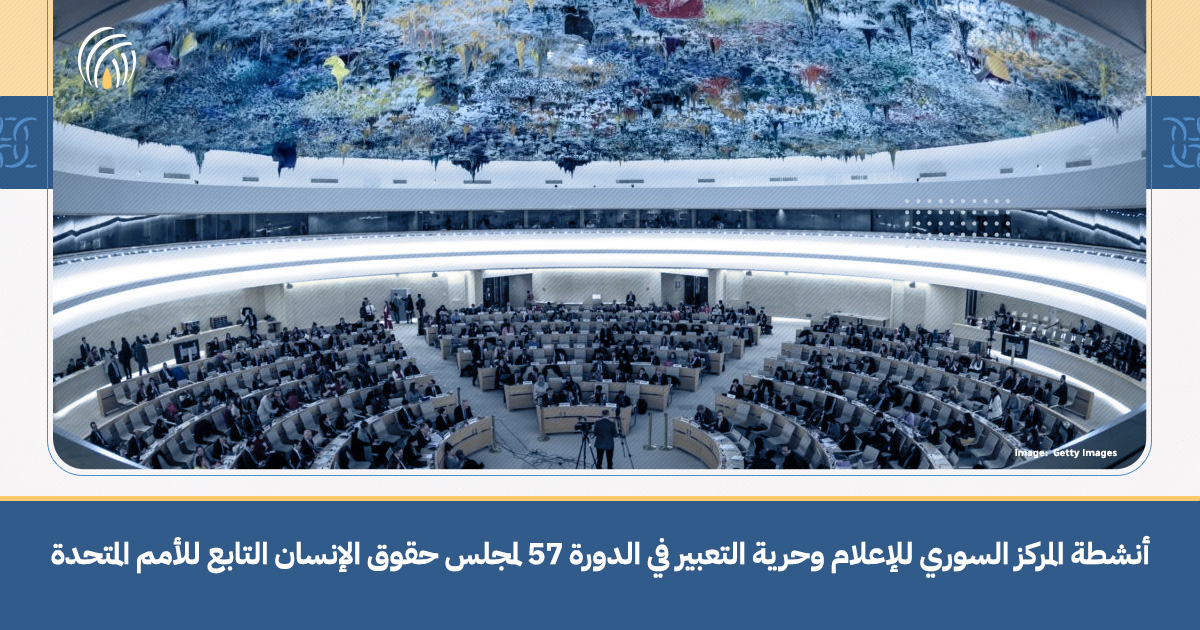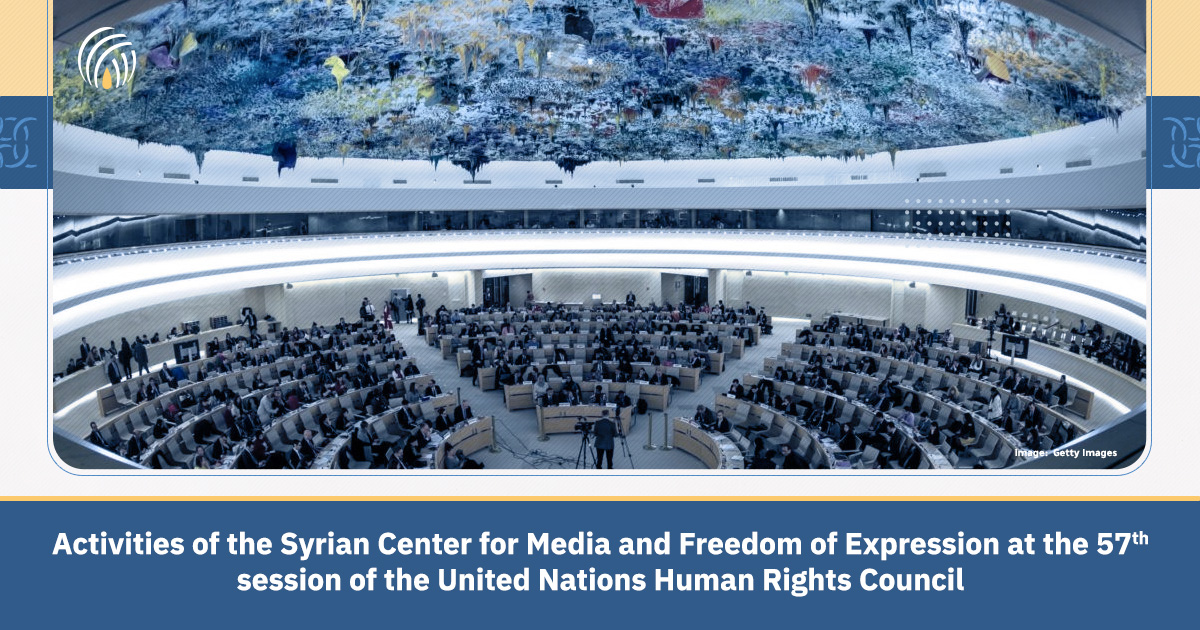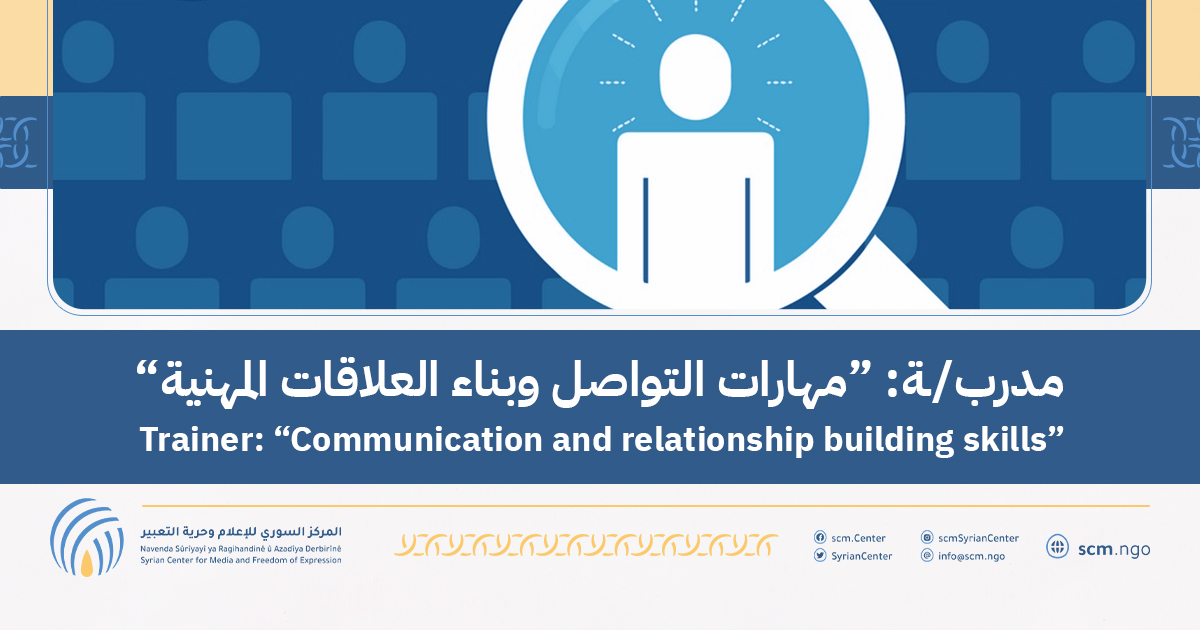“The officer took two girls, held their faces down on the desk, and raped them in turn. The girls tried to resist but there was nothing they could do. The officer then told me “you see what I am doing to them, I will do this to your wife and daughter.”
This statement, given by a male detainee of the Damascus Political Security Branch in Syria in 2014, was one of hundreds of accounts of sexual and gender-based violence that have taken place in Syria since the uprising began in 2011.
For thousands of women, girls, men and boys, the past six and a half years of conflict in Syria has meant more than the bombs, the destruction of cities, the living in inhumane conditions: the conflict has meant having to be subjected sexual violence including assault, torture of genitals and rape.
“It is utterly repugnant that brutal acts of sexual and gender-based violence have been perpetrated throughout Syria for over six and a half years,” said Paulo Sérgio Pinheiro, Chair of the Commission of Inquiry on the Syrian Arab Republic.
Pinheiro spoke during an event launching “I lost my dignity: Sexual and gender-based violence in the Syrian Arab Republic”, a new thematic report by the Commission. Based on 454 interviews with survivors, relatives of survivors, defectors, healthcare practitioners, lawyers and other members of effected communities, the report examines the use of sexual and gender-based violence by all parties to the conflict.
The report also names names – laying squarely the blame for acts committed by the militia, government forces or other armed groups investigated to be responsible. In this way, the crimes are documented and accountability can, eventually, take place, said Commissioner Karen Koing AbuZayd.
“For any lasting peace to hold, regardless of military losses and victories, there needs to be an accounting of the sexual and gender-based crimes …and the victims need to have a voice in the peace process to ensure accountability and full inclusion,” she said.
While women and girls are still disproportionately affected by this kind of violence, the report shows that men and boys have also been routinely assaulted in such a manner. For the male victims, the psychological consequences can be severe, AbuZayd said. Younger men and boys held in detention said they felt their fathers would no longer respect them if they found out about the rapes they had to endure, she said.
The report makes clear that sexual and gender-based violence is being used as a weapon in the conflict. There has been systematic abuse of prisoners held in detention centres, use of assault as a means to extract confessions, and during house to house searches or at check points. The systematic and institutionalized use of sexual and gender-based violence across the population shows it is a true crime against humanity, said Madeleine Rees, Secretary General of the Women’s International League for Peace and Freedom.
“It shows that in fact, it is a structural issue that affects men, women, boys and girls,” Rees said. “It shows that the violence is a product of inequality, cultural, institutionalized and militarized.”
Serena Gates, SGBV Adviser to the Commission, noted that, despite the horrific nature of the accounts, she and other interviewers “never ceased to be amazed by the strength of many of these people and how they survive.”
Gates hoped that report would contribute to bringing those who caused this violence to justice by documenting their acts, because it is important for people to know that this kind of violence has a heavy influence on the continued fighting.
“For me, the key point is how much sexual and gender-based violence drives conflict and the cycle of violence it perpetuates,” Gates said. “We spend so much time focusing on conflict prevention, but while it is not the only cause, it is an important driver of further conflict.”
Original report:
http://www.ohchr.org/EN/pages/home.aspx
